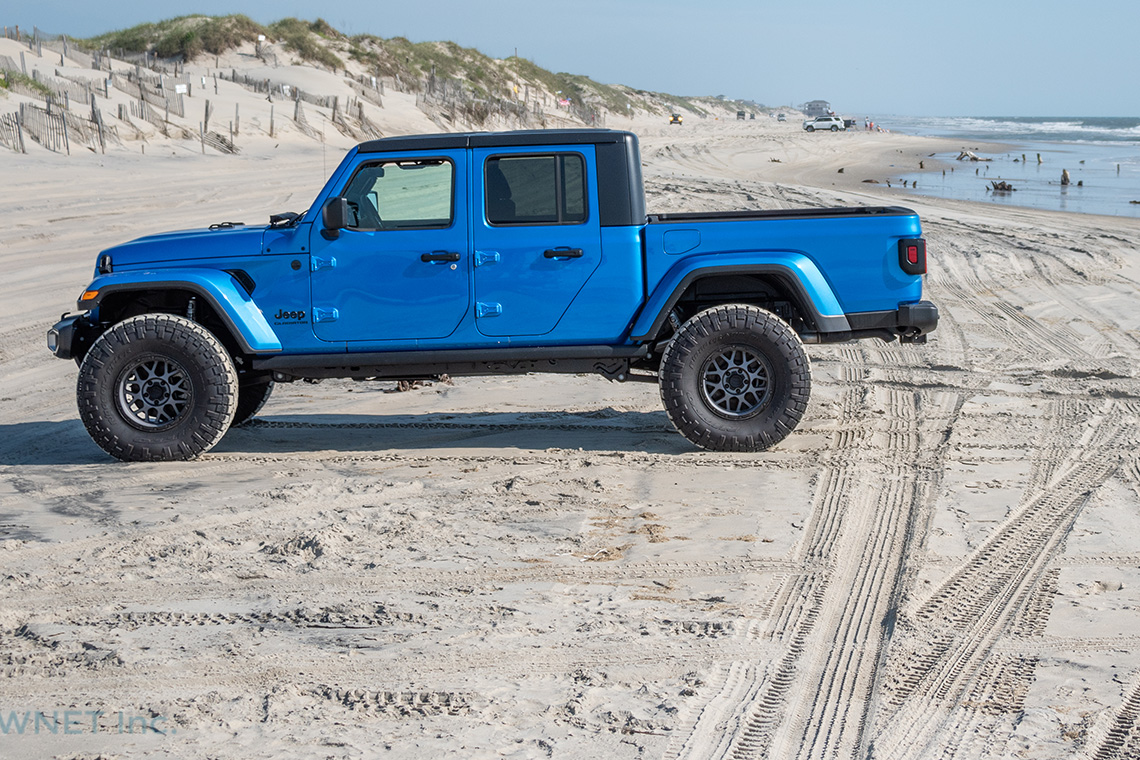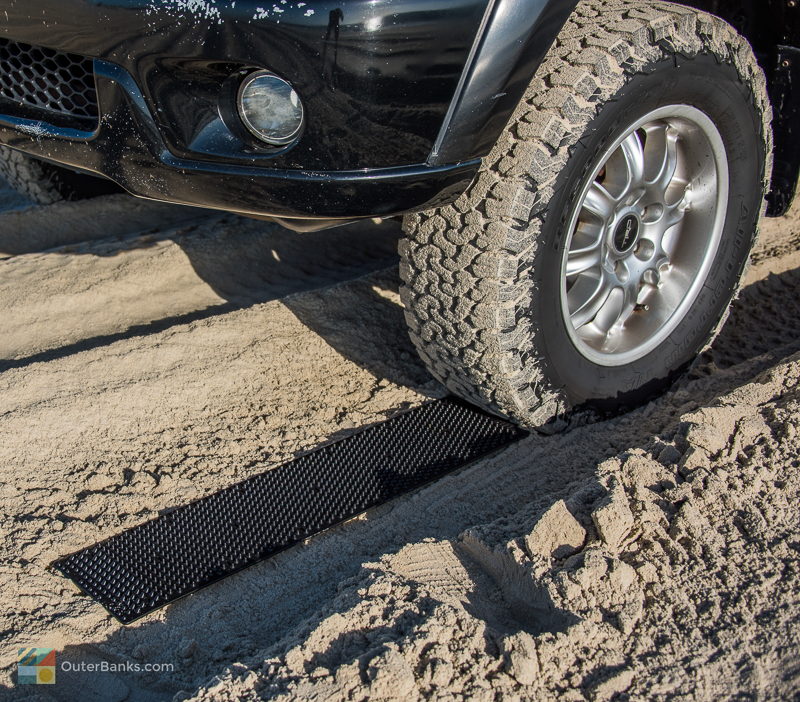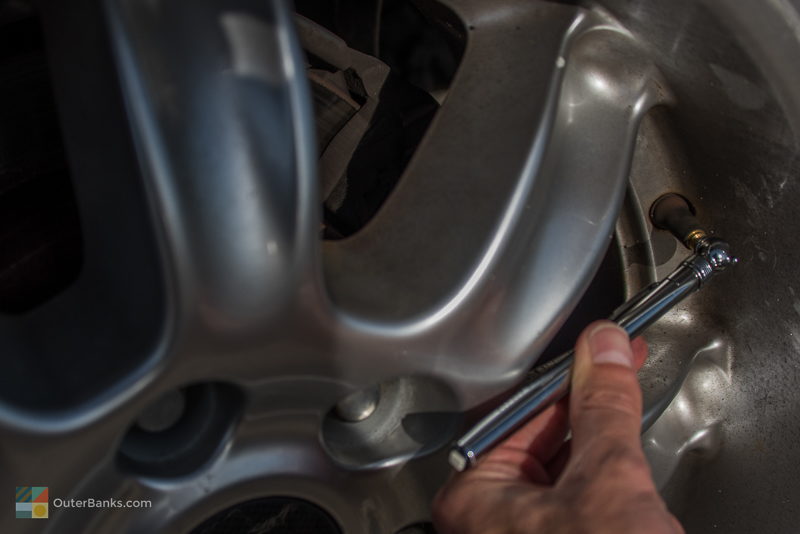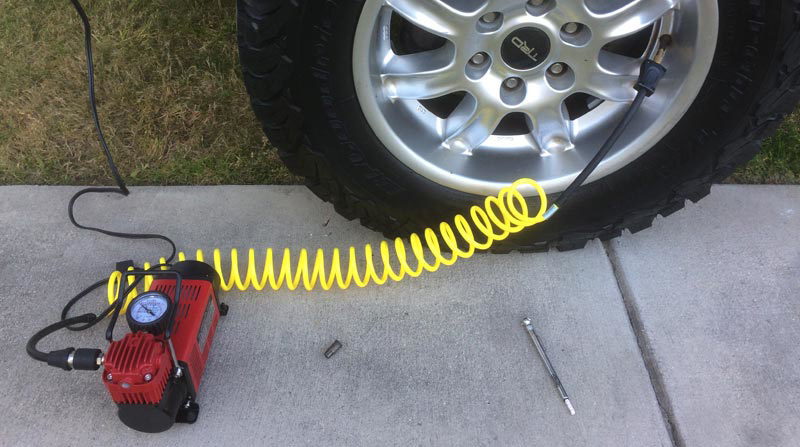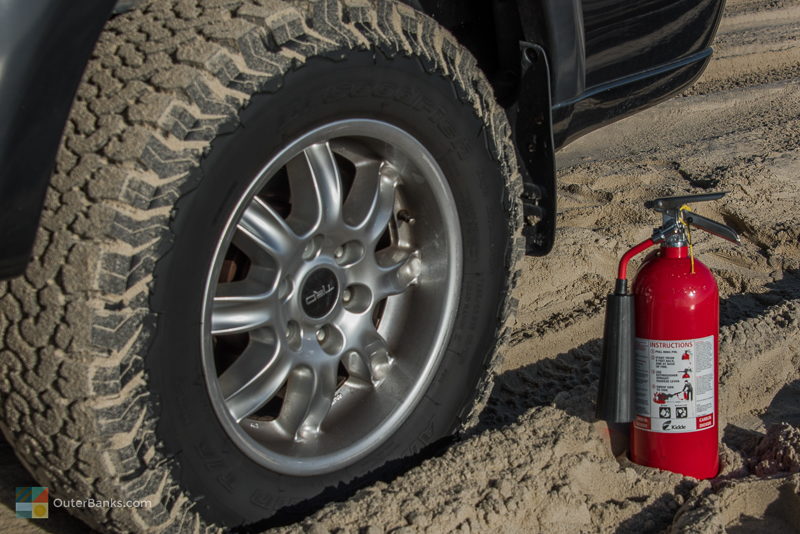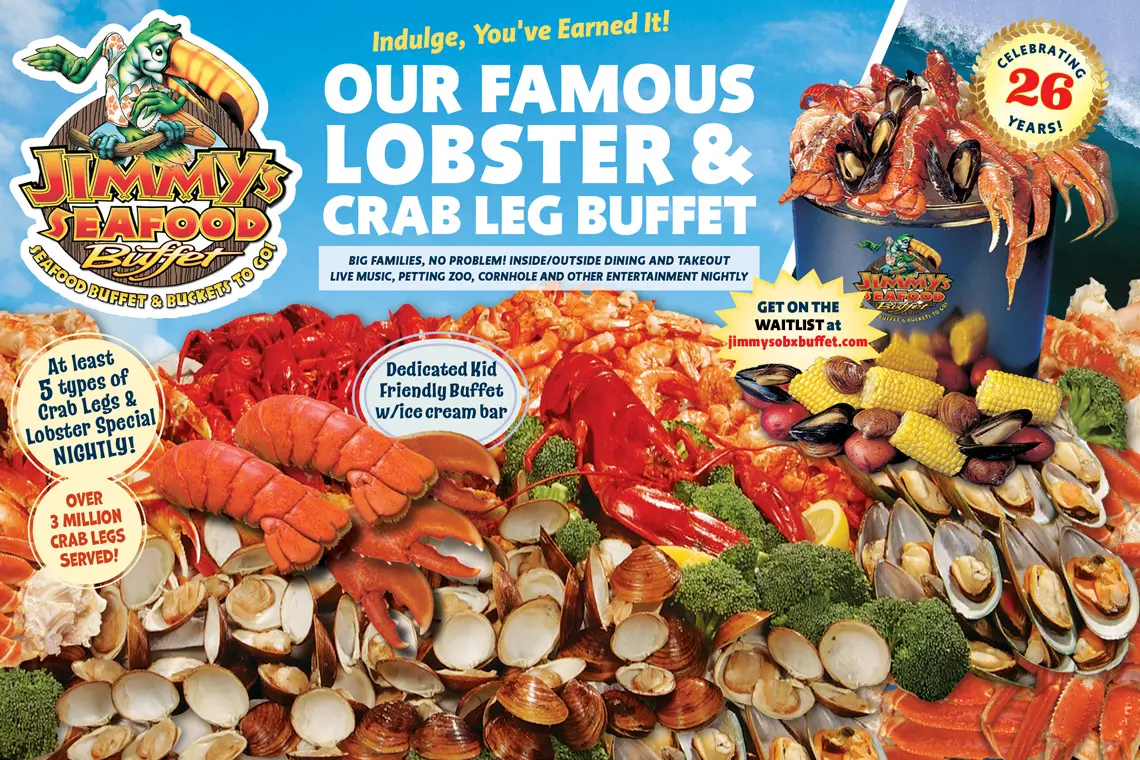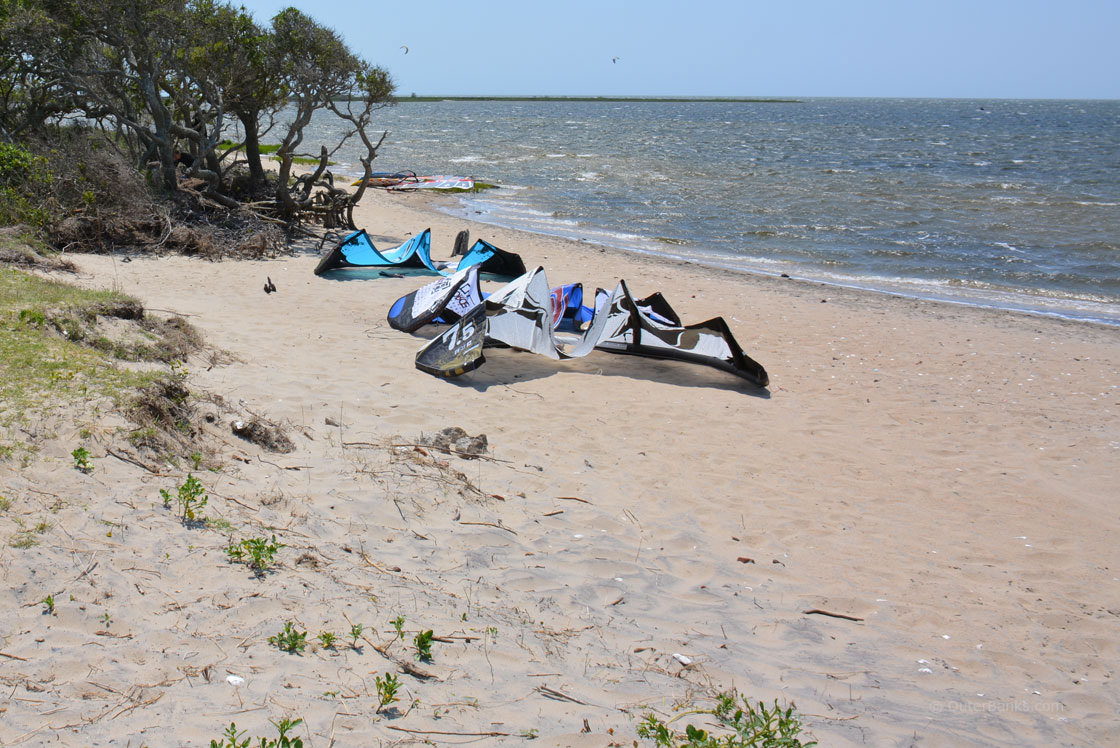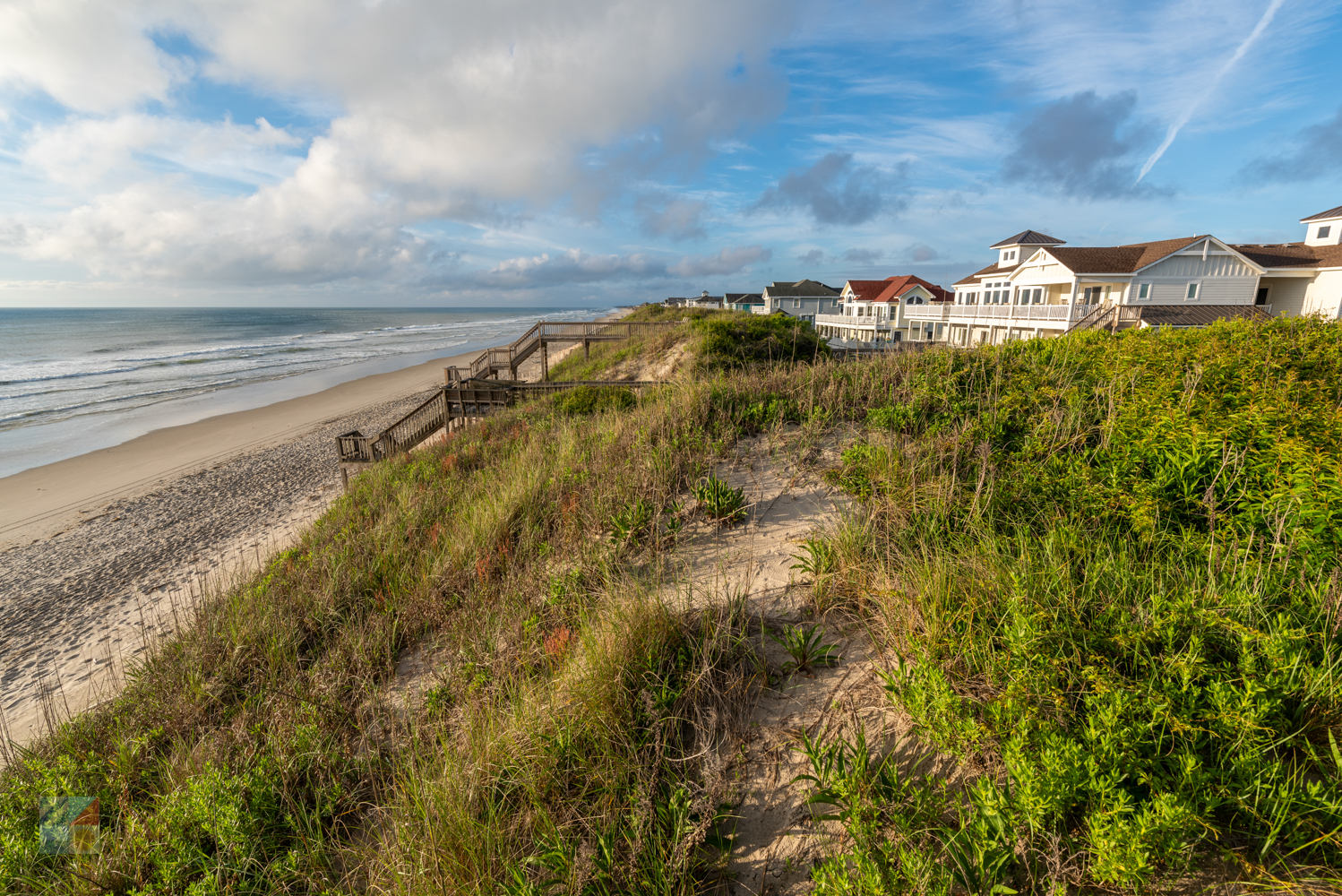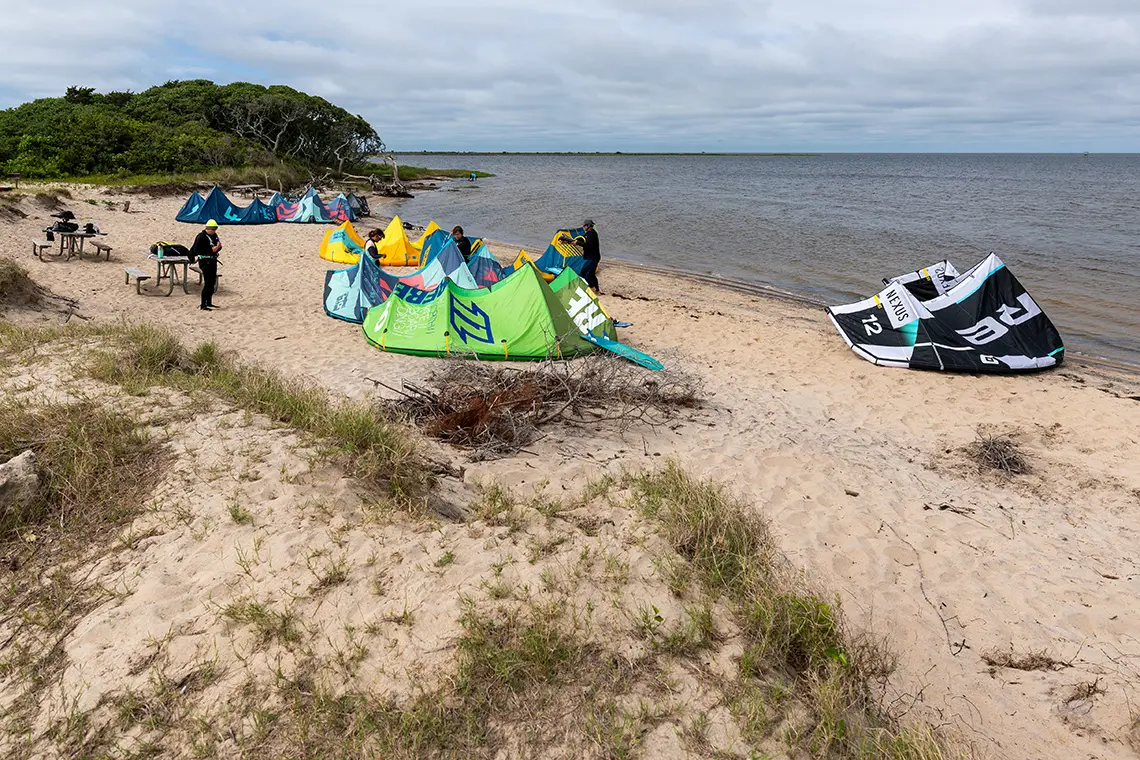New to driving on the beach? Worried about what to do if you get stuck? We’ve put together a list of the things to put in your 4x4 vehicle, tips and tricks for a great day on the beach. And remember, all of these items can be used to help yourself and your fellow drivers! Southern hospitality, y’all.
We like the linked products, but we took care to make sure other customers agree (they are highly-rated). Some of the product links include affiliate codes. If a purchase is made, OuterBanks.com is paid a commission for the referral.
Traction Mats
Many times, you can drive out of a stuck situation with the assistance of traction mats. If you get into some soft sand or sink wheels, simply stop and place these mats under your vehicle’s tires. Press lightly on the accelerator. The traction tread helps your tires grip the mat. These mats provide a larger footprint and allow your vehicle to rise up out of the rut with ease. Drive to a harder-packed area, retrieve the mats and drive away. Sold in pairs, we carry these at all times when driving on the 4x4 access in Carova, and on Cape Hatteras National Seashore (permit required). These mats also work well in mud and snow. These mats are durable and stack to a low profile for storage. We like the bright orange color for visibility purposes.
Tip: Still having trouble driving out of soft sand after using these mats? Try airing the tires down a bit more.
TGL Tow Strap
Required for the NPS beaches on Hatteras and Ocracoke Islands
In the unfortunate event of a breakdown or extra soft sand that has left you stranded, tow straps are a must for recovery. We like the TGL because of its high ratings, 30,000 pound capacity and small storage footprint (no big metal hooks here). Hook the strap to both vehicles, slowly pull it taught, and then drag the disabled vehicle to safety. Even if you never get stuck, you can be a hero with a tow strap on Outer Banks beaches.
Folding Shovel
Required for the NPS beaches on Hatteras and Ocracoke Islands
Sometimes all it takes to get unstuck is a little sand-clearing from around your vehicle’s tires. We love our E-Tool for the compact storage footprint, but more importantly, it’s tough. This is the heavy-duty tool relied on by our armed forces. We’ve personally used this tool on the beach for vehicle recovery, sandcastle construction and pit-filling. It has been fantastic and showing no signs of slowing down.
Tire Pressure Gauge
Required for the NPS beaches on Hatteras and Ocracoke Islands
Even if you’re lifted and running wide tires, airing down is a smart move on the beach. Reducing air pressure increases each tire’s footprint, helping you drive over the sand instead of pushing through it. The ride will be more comfortable, your vehicle won’t strain, and you increase traction and greatly reduce the chance of sinking into soft sand. To make sure you’ve got the right pressure (we air down to 20psi on the sand, sometimes lower), you’ll need a tire pressure gauge. This is one of those items we prefer to buy once, forever. Check out the TireTek gauge linked above. It features a large 2” dial, 360 degree swivel chuck, and solid steel construction. And, mechanical gauges don’t run out of batteries. This is a stout gauge, and it comes as no surprise that it is to highly-rated.
Air Compressor
This is our MV50 Superflow compressor. Every Summer evening in the Outer Banks, lines accumulate around gas station air compressors. We've waited nearly 2 hours to "air up" after a day on the sand. You can avoid this wait altogether by taking your own high-CFM 12-volt air compressor. We're not talking about the compressor you plug into your cigarette lighter. This MV50 Superflow connects directly to your battery terminals and draws real current to get your large tires inflated quickly. It includes 10ft. battery cables and a 16ft. high-pressure hose. This is a photo of our initial test of the unit. We inflated a BF Goodrich AT KO2 285/65/18 tire from 22psi (beach pressure) to 44psi (street pressure) in just over 3 minutes. That's faster than many local gas station air pumps. the screw-on nozzle allows hands-free inflation. This compressor does get hot to the touch, so keep little hands clear during/after use.
First Aid Kit
Some areas of the Outer Banks are more remote than others. It’s rewarding to leave the crowds behind on a 4x4 beach. But emergency vehicle access is also further away, and access is more limited. We recommend a kit with some higher-end items, just in case. The Lightning X Individual first aid trauma kit includes Quick – Clotting Gauze, a CPR mask, Nitrile gloves, and more. These are some of the more common items needed for emergencies in which seconds count, and EMS is further away. As a kit, the included items represent a lot of value. Add some basic bandaids and disinfectant spray to round out your kit. Remember to learn how to use these items BEFORE you need them!
Fire Extinguisher
Another item that should be part of your 4x4 beach access kit is a basic fire extinguisher. We like the Kidde FA110. It’s a Coast Guard approved multipurpose dry chemical extinguisher with a pressure gauge and retention bracket. Fire extinguishers don’t take much room, and they save vehicles/lives. As an alternate, try the Buckeye 45100 CO2 Extinguisher. Compressed air is a great alternative to chemical extinguishers, especially in wildlife habitat areas. Plus, there is no chemical mess to clean from the scene. The only drawback is price, as CO2 extinguishers are more expensive.
Head Lamp
Some of the best days on the beach keep going after the sun has set. 4x4 access beaches don’t have street lights. Whether you’re digging out or gathering your gear, you’ll be glad you have a hands-free light. We like the inexpensive but durable LED headlamp models from Energizer. They provide lots of light, and our experience is that they always turn on after months stored in a hot/cold vehicle. The brand and model aren’t as important as the utility, so pick your favorite and make sure to take it on your trip.
Jack and jack board - *Required for the NPS beaches on Hatteras and Ocracoke Islands
Make sure your vehicle’s jack is operational and stored in the vehicle. This is required on Hatteras and Ocracoke Island beaches, which are maintained by the NPS (Cape Hatteras National Seashore). The MAXSA Traction mats listed above can act as a jack board, which the NPS also requires. You can also use a 2x12, or any solid lumber with large surface.
Permits
Driving on the beach in Carova does not require a permit (but parking does), but all 4x4 beach access on Hatteras and Ocracoke Islands is managed by the National Park Service and requires a permit. Make sure you’ve got your permit decal in place before venturing onto the sand in these areas, they are patrolled regularly.
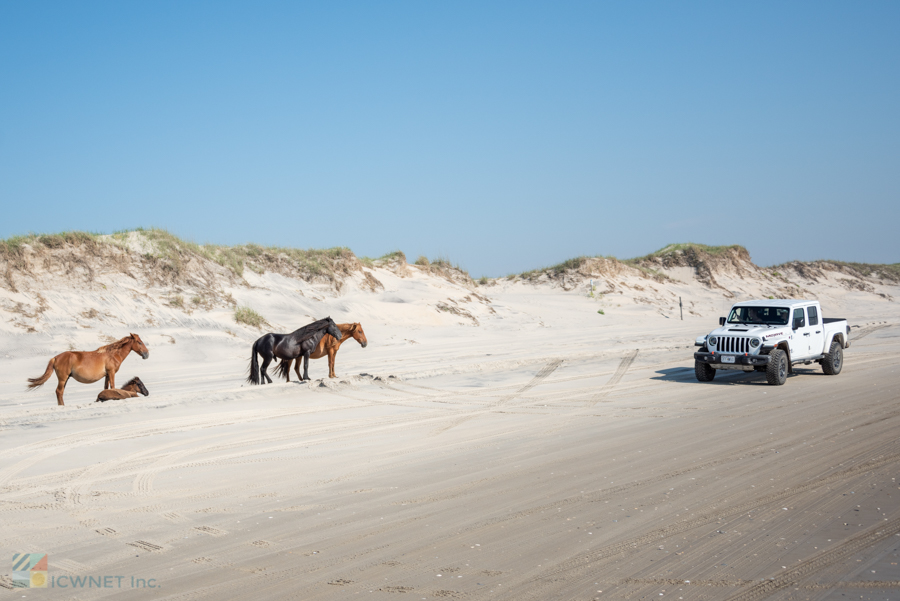
The best deals, events & info straight to your inbox
Home of the Crab Leg & Lobster Buffet for 26! years! Jimmy’s Seafood Buffet is a great stop for an all you can eat affordable dinner extravaganza. The buffet offers over 100 different items. It even serves Jumbo Alaskan crab legs and Jumbo...
Each of the Outer Banks five lighthouses is unique. For a beautiful view, visitors can climb Currituck Beach Light, Bodie Island Light and Cape Hatteras Lighthouse for a small fee in season. It's an unforgettable way to see the Outer Banks! Don't...
Sundogs is a happening spot open year round in Corolla. Along with good food, they feature a nightlife that includes live music, karaoke and a DJ dance party. They have a full bar and a menu suited to a host of tastes. Starters include nachos, crab...
Corolla, North Carolina is a must see nautical village scented with the spray of the salty sea. It's located on NC Highway 12 along a thin strip of land bordered on the east by the tempestuous Atlantic Ocean, and on the west by the inland waterway...
Scientists run these dolphin tours as part of their research on these beloved aquatic animals, so you know this will be an interesting trip. Passengers will be able to see how researchers with the Outer Banks Center for Dolphin Research, a nonprofit...
Ask any crowd of visiting kiteboarders about Kite Point, and they'll readily give you exact directions to this unmarked but internationally renowned soundside beach. Located in between Avon and Buxton villages abutting the Pamlico Sound, Kite Point...
Just for the Beach Rentals (not to be confused with the similarly-named "Just for the Beach") offers rentals to accommodate your stay. Equipment includes linens, baby gates, cribs, monitors, seats, joggers, bikes, kayaks, skim boards, surf boards...
After a few days of sunny beach afternoons, fantastic local attractions, and all the amenities that attract people to the Outer Banks, many visitors find themselves daydreaming about a more permanent vacation. Whether your ultimate goal is to own an...
Sound Feet Shoes is family owned and operated. Sound Feet has been in the retail shoe business for over 72 years, opening their first store in 1953. They provide the best customer service and are the only Outer Banks’ area full service shoe...
Located just South of Salvo proper, the Salvo Day Use Area provides a peaceful haven for families, beachgoers, and watersports lovers. This park offers the perfect backdrop for taking in the Outer Banks' rich history and natural beauty. Everyone may...
Now with Axe Throwing! Jumpmasters OBX is the ultimate trampoline park on the Outer Banks with attractions the entire family will enjoy. From open jump trampolines to the dodgeball court, 3-D climbing wall, a foam pit, an epic ninja obstacle course...
